Kyoto, Japan
After the visit to Kiyomizu-dera, we made our way towards to Kodai-ji then to Murayama Park. It was still fairly early in the morning and most of the shops and restaurants were closed. The streets of Gion was quiet without the tourist crowds.
Walking along Sannen-zaka (三年坂) and Ninen-zaka (二年坂), you will find traditional Kyoto-style houses lined on both sides of the stone pavements and steps in “sukiya” style. I felt as if I am in an earlier era.
This gigantic statue of Guanyin is known as the Ryozen Kannon 霊山観音, a war memorial commemorating the Japanese who died in World War II. It was built in 1955.
I like this peaceful looking garden. It is the garden of Gesshin-in 月真院 which is a branch temple of Kodai-ji 高台寺. It was found in 1617.
Daiun-in 大雲院 has a rather special pagoda that resembles the yamaboko floats used in Gion Matsuri. The pagoda, known as Gion-kaku was commissioned in the 19th-20th century by Kihachiro Okura, a collector of artifacts. The temple itself is dedicated to Oda Nobunaga and his eldest son.
The temple’s façade has design elements that looked rather contemporary. The simplicity reminded me of Minimalist or Modernist design elements.
MARUYAMA KOEN
Behind Yasaka Shrine is Maruyama Koen 円山公園, well-known for its cherry blossoms. By early December most trees were bare.We could see cables supporting the branches of the famed Weeping Cherry Tree (Shidarezakura).
From Maruyama Park, we walked north, passing the massive gate of Chion-in Temple and an ancient tree outside Shoren-in. It is an 800-year-old-Kusunoki (camphor tree).
Some commotion that we witnessed.
After about half a kilometer from Shoren-in Temple, reached the Sosui Canal and saw the National Museum of Modern Art, Kyoto (MoMAK/京都国立近代美術館). The contemporary piece of architecture stood out from the surrounding traditional architecture. The museum was designed by none other than Fumihiko Maki (槇 文彦), a Pritzker Prize laureate. He was responsible for the design of Republic Polytechnic in Singapore.
The aesthetics looked very elegant. The entrance fee to the museum is quite expensive. It cost 850 yen to get in. Other modern architecture hot spots in Kyoto include Tadao Ando’s TIMES Building and Garden of Fine Arts or Hiroshi Hara’s Kyoto Station.
Opposite MoMAK is the Kyoto Municipal Museum of Art (Kyoto-shi bijutsukan/京都市美術館). It was opened in 1933 and designed by Maeda Kenjiro. The museum is the second largest art museum in Japan.
We re-visited the Heian Jingu (平安神宮), a huge Shinto shrine built in 1895 to mark the 1100th anniversary of the Heian Capital Foundation. Admission is free except for the garden.
Influence from Chinese architecture is apparent in this shrine which is a partial replica of the Imperial Palace of the Heian Period.
There is a citrus tree on the left and cherry tree on the right of the front steps. The citrus tree was housed in a ‘hut’ when we visited.
After visiting the shrine, we took a bus to Gion where we saw the Minami-za (南座), a kabuki theater and a recognizable landmark of Gion. It is also said to be the birthplace of kabuki.
Across the Kamogawa (鴨川), stood a building that looked strikingly European,
It is the Tokasaikan (formerly Yaomasa). The building dates back to 1926. It was designed by William Merell Vories, an American.
Next up: A Revisit of the Nishiki Food Market.

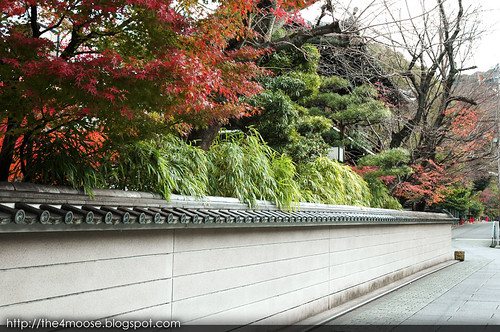
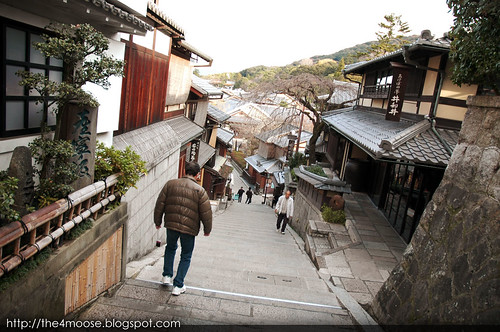
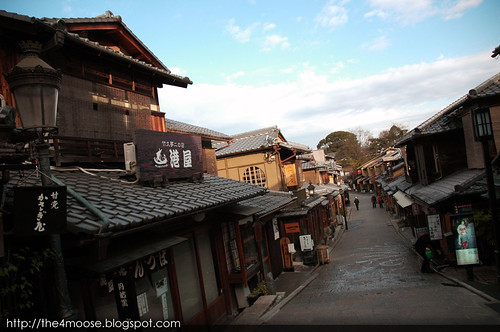

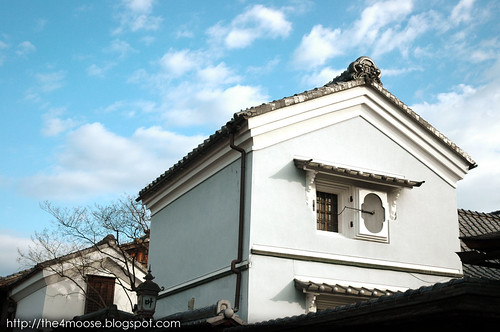
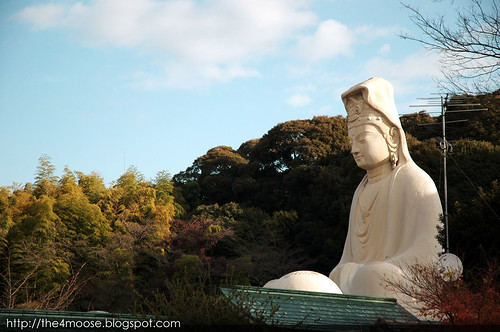

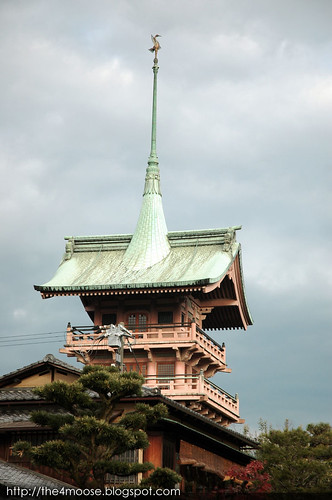
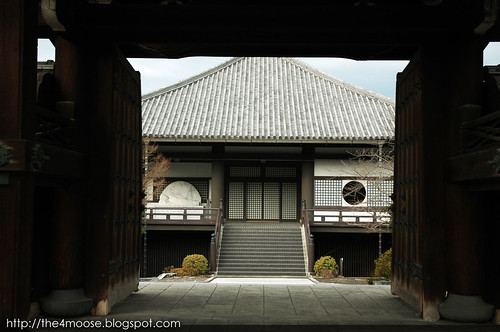
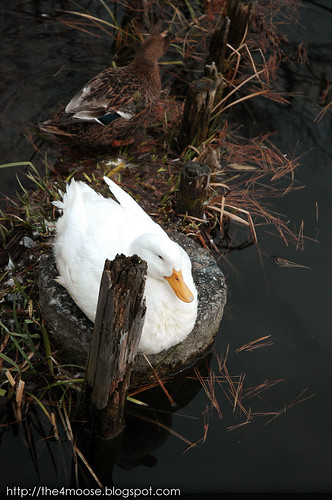
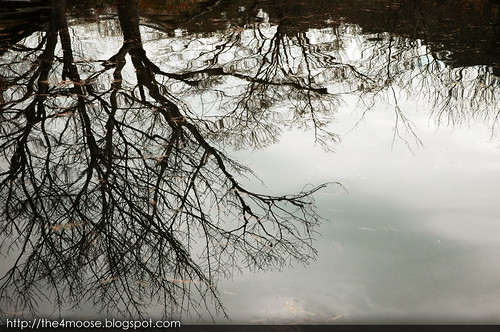
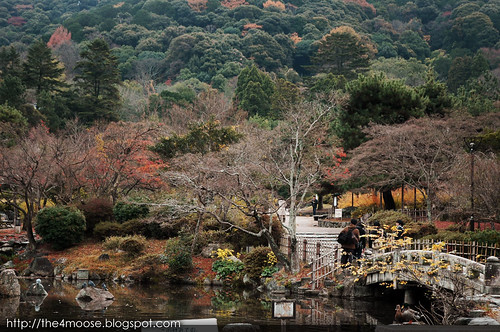
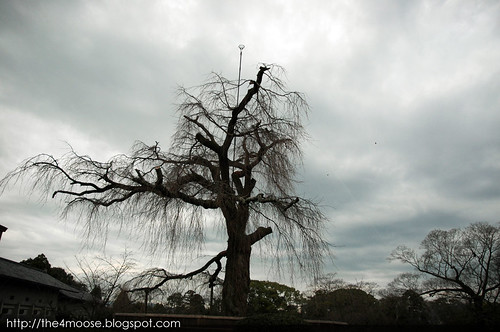
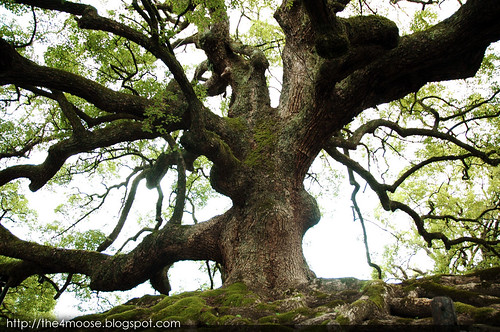
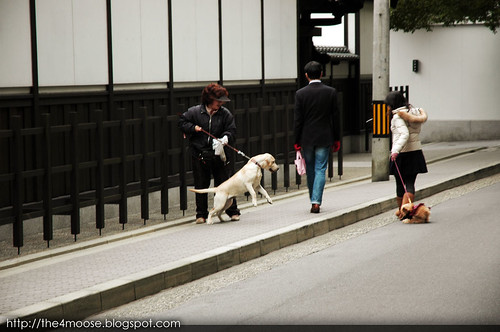
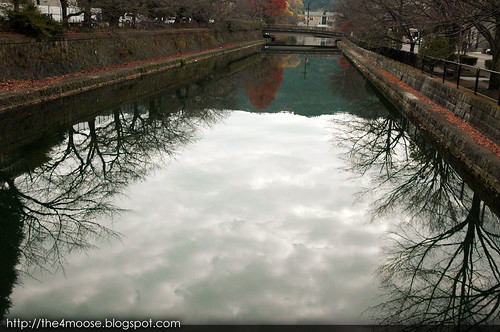
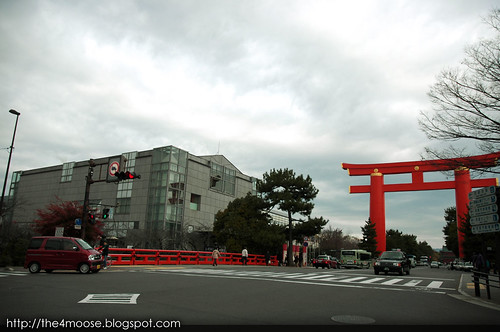
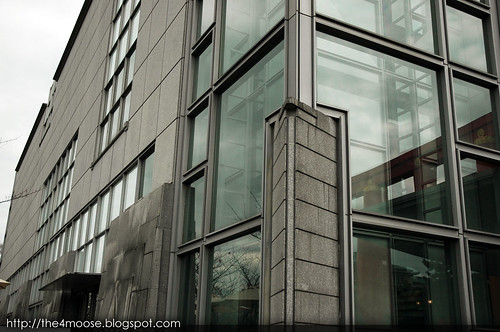


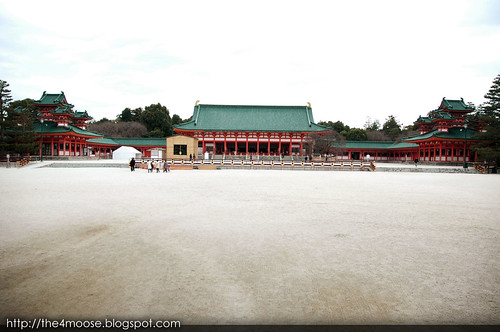
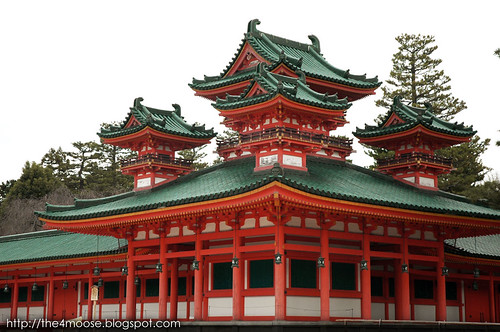
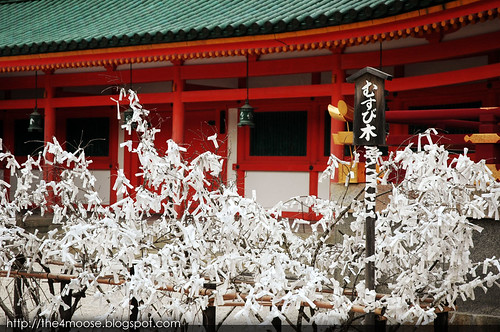
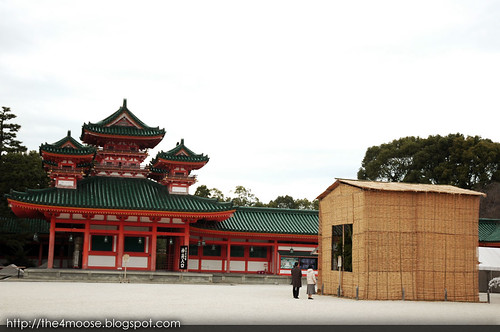
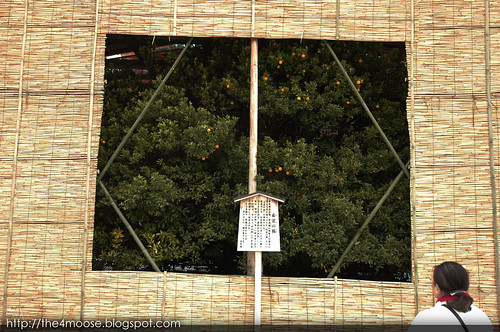
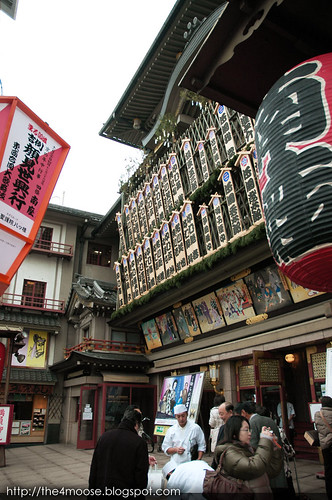
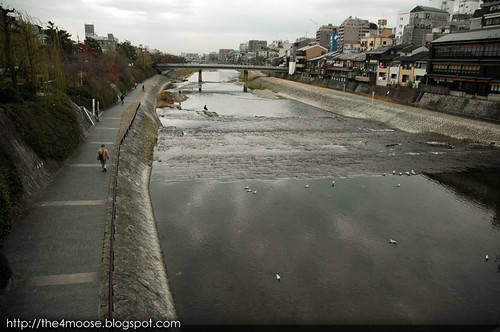
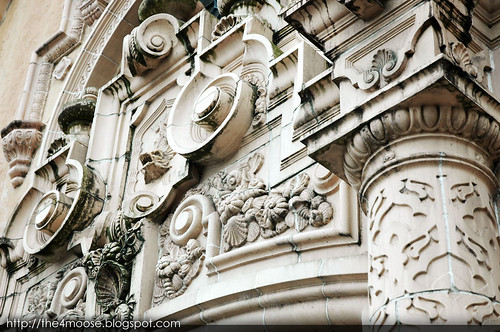














0 comments:
Post a Comment
Note: Only a member of this blog may post a comment.